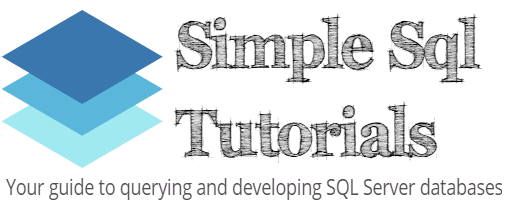Reading Time: 7 minutesThe JOIN operation in SQL Server is probably one of the most widely used querying tools available to us in Microsoft SQL Server. It is very important that you how JOINs work and the differences between the different types of JOINs. One type of JOIN is the RIGHT JOIN. In Continue Reading
LEFT JOIN and LEFT OUTER JOIN: What’s the difference?
Reading Time: 2 minutesThe JOIN operations can be a bit tricky in Microsoft SQL Server. If you are new to SQL Server, you might be trying to understand the different JOIN operations and how they work. You probably have some basic questions you’d like answered. When I was first starting out with SQL Continue Reading


